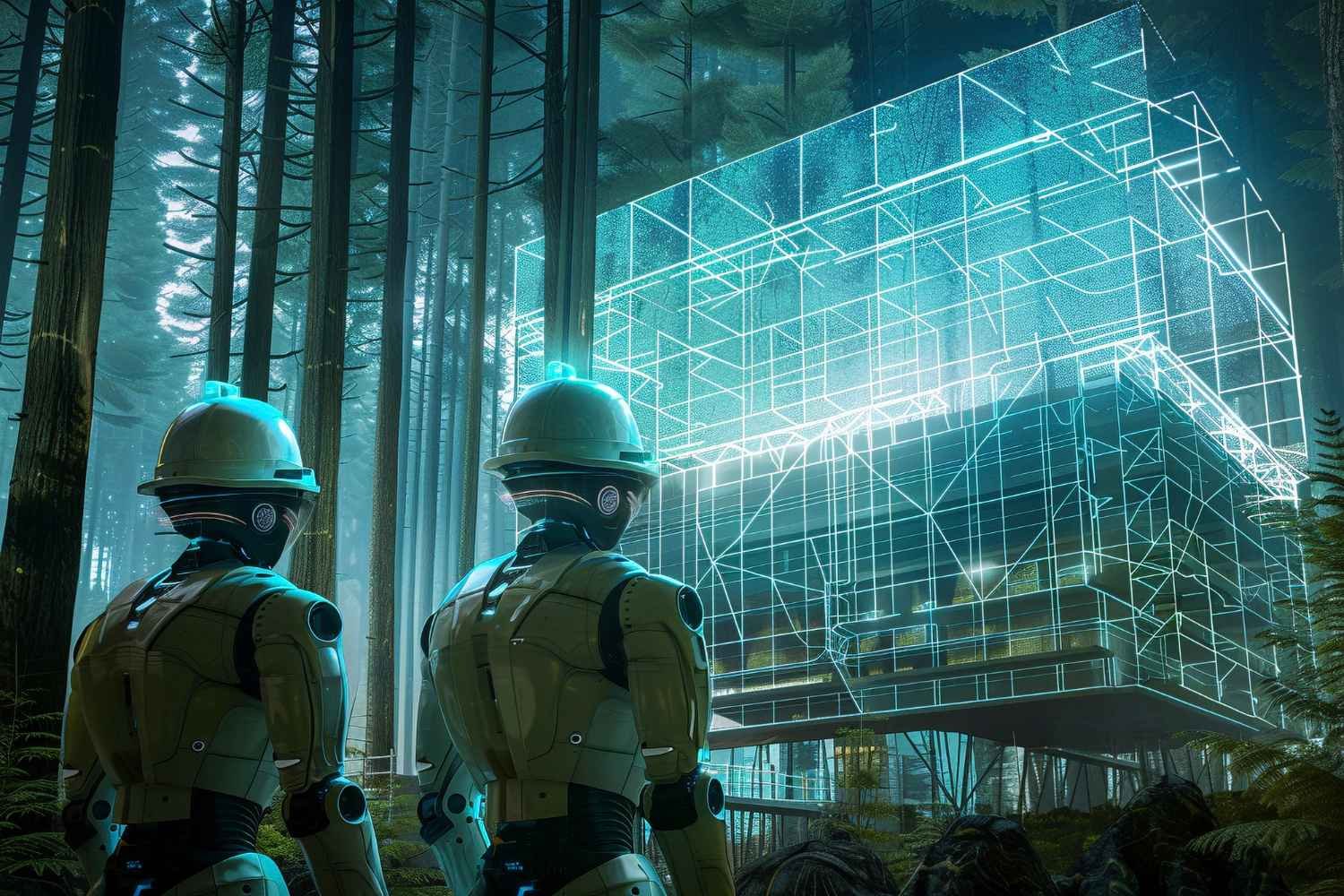In the labyrinth of innovation and progress, two pillars stand tall, often intertwined yet distinctly different: technology and engineering. They are the architects of our modern world, shaping industries, economies, and societies. But what sets them apart, and how do they converge to drive humanity forward?
Defining the Divide
At first glance, the line between technology and engineering might seem blurred. After all, both are instrumental in creating solutions to real-world problems. However, a closer inspection reveals their unique identities.
Technology
It encompasses the knowledge, processes, and techniques used to create goods or provide services. It’s the embodiment of innovation, encompassing everything from the tangible gadgets we hold to the intangible software we interact with daily. Technology is the application of scientific knowledge for practical purposes.
Engineering
On the other hand, engineering is the application of scientific and mathematical principles to design and build structures, machines, systems, and processes. It’s about problem-solving through creativity and ingenuity. Engineers are the architects who transform theoretical concepts into tangible realities, ensuring they are safe, efficient, and cost-effective.
Convergence in Action
While technology and engineering have distinct identities, they are inseparable partners in progress. Consider the smartphone in your pocket. It’s a marvel of technology, packed with advanced features and functionalities. Yet, behind its sleek exterior lies a symphony of engineering marvels – from the miniaturized components to the complex algorithms that power its software.
The Synergy of Innovation
Technology fuels engineering, providing the tools and resources engineers need to bring their ideas to life. Conversely, engineering pushes the boundaries of technology, driving innovation by solving complex problems and overcoming technical challenges. It’s a symbiotic relationship that propels us towards new frontiers.
Navigating the Nexus
In today’s rapidly evolving landscape, understanding the relationship between technology and engineering is crucial. Businesses must harness both disciplines to stay competitive and relevant. For instance, in the realm of artificial intelligence, technology provides the algorithms and computing power, while engineering applies them to develop practical solutions like autonomous vehicles or personalized recommendation systems.
The Human Element
Amidst the whirlwind of technological advancements, it’s essential not to lose sight of the human element. Ultimately, it’s people who conceive, create, and utilize technology and engineering. Therefore, ethical considerations, inclusivity, and sustainability must be integral to the innovation process. As stewards of progress, we have a responsibility to ensure that our advancements benefit society as a whole.
Looking Ahead
As we stand on the precipice of a new era defined by exponential technological growth, the synergy between technology and engineering will continue to shape our collective future. From AI and robotics to renewable energy and space exploration, the possibilities are limitless. However, it’s our ability to harness these tools responsibly and ethically that will ultimately determine the course of our journey.
Conlusion
In conclusion, while technology and engineering may have distinct roles, they are two sides of the same coin, driving innovation and progress in tandem. By embracing their synergy and leveraging their strengths, we can unlock the full potential of human ingenuity and chart a course towards a brighter tomorrow.
FAQ
What is the fundamental difference between technology and engineering?
Technology refers to the application of scientific knowledge for practical purposes, encompassing everything from gadgets to software. Engineering, on the other hand, involves the application of scientific and mathematical principles to design and build structures, machines, systems, and processes.
How do technology and engineering work together?
Technology provides the tools and resources necessary for engineers to bring their ideas to life, while engineering drives innovation by solving complex problems and overcoming technical challenges. They form a symbiotic relationship, fueling each other’s progress.
Can you provide examples of how technology and engineering intersect?
Consider a smartphone: it’s a technological marvel packed with advanced features. However, its development involves engineering principles, from the design of the hardware components to the development of the software algorithms that power its functionalities.
Why is it important to understand the relationship between technology and engineering?
Understanding this relationship is crucial for businesses, industries, and individuals to stay competitive and relevant in today’s rapidly evolving landscape. It enables the harnessing of both disciplines to drive innovation and solve real-world problems.
What role does ethics play in technology and engineering?
Ethics should be integral to the innovation process, ensuring that advancements benefit society responsibly and ethically. As stewards of progress, it’s essential to consider ethical considerations, inclusivity, and sustainability in all technological and engineering endeavors.
How do technology and engineering contribute to societal progress?
Both disciplines play a vital role in advancing society by creating solutions to challenges, improving quality of life, driving economic growth, and expanding our understanding of the world. From healthcare and transportation to communication and energy, their impact is pervasive.
What are the future prospects for technology and engineering?
As we continue to witness exponential technological growth, the synergy between technology and engineering will shape our collective future. From AI and robotics to renewable energy and space exploration, the possibilities for innovation are limitless, provided they are harnessed responsibly and ethically.
